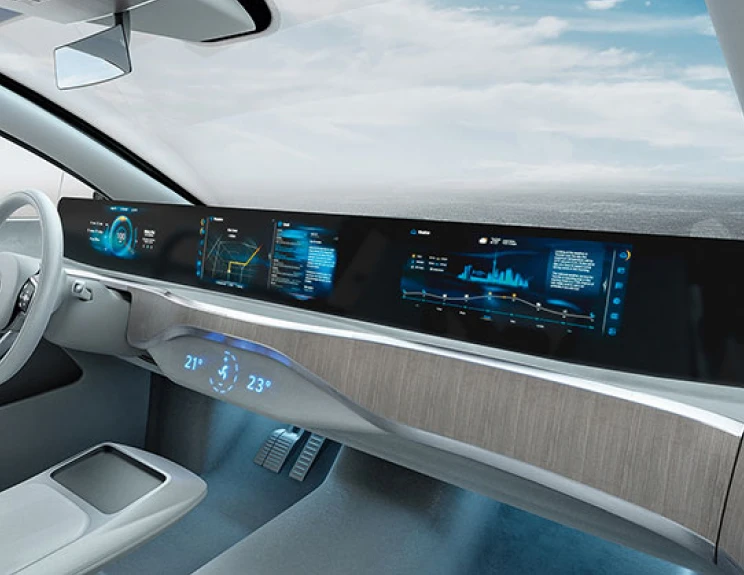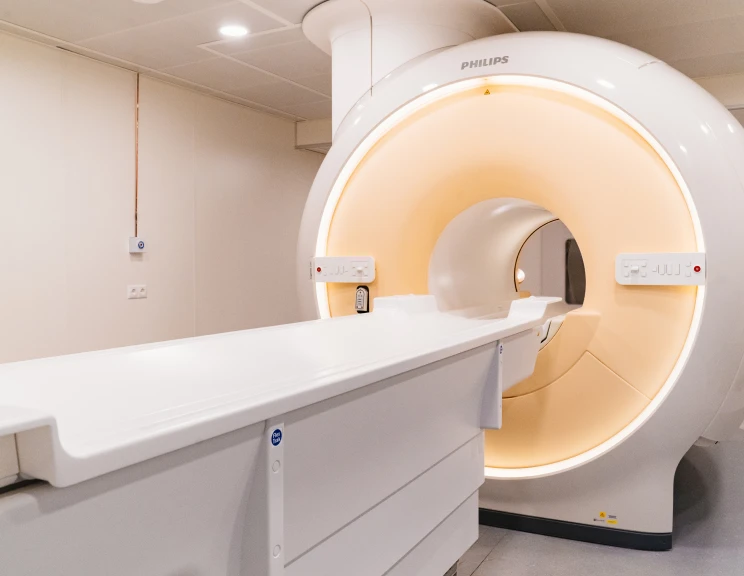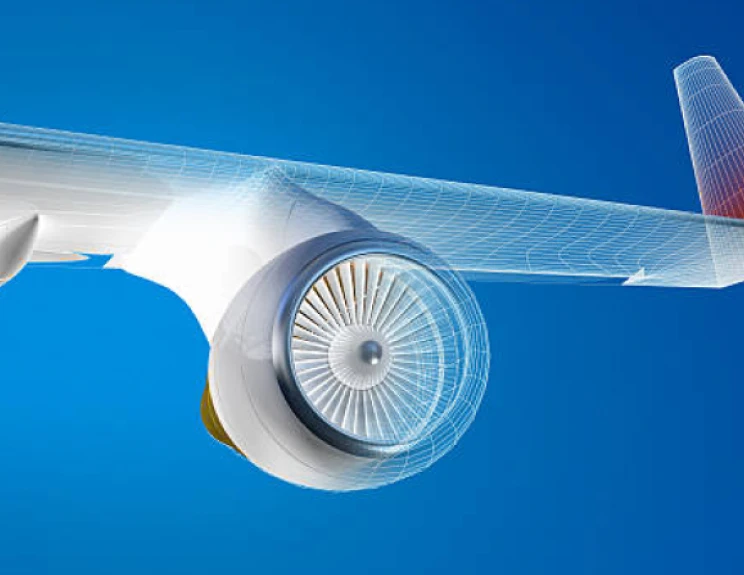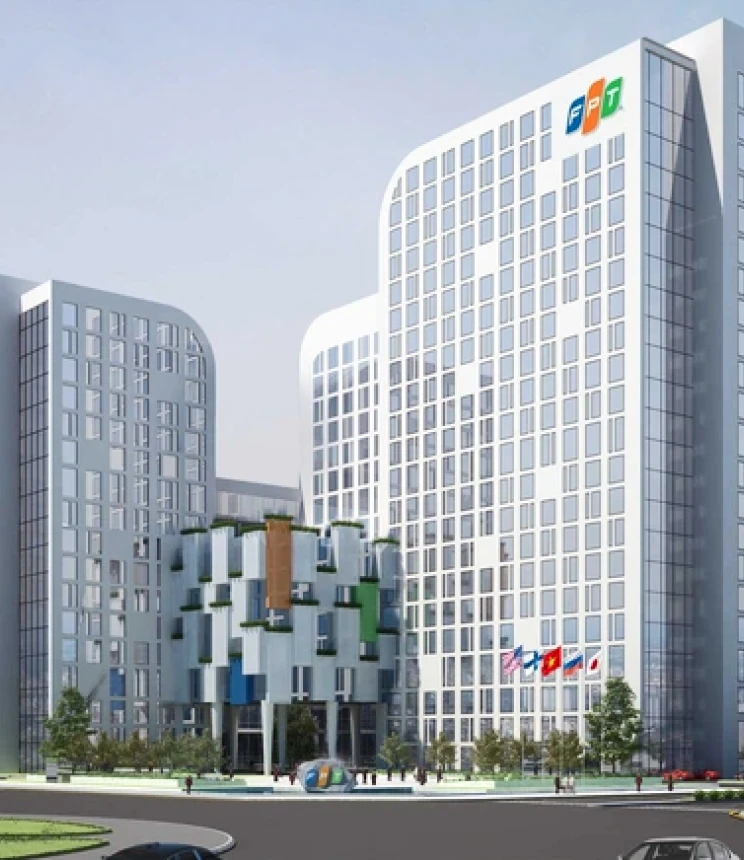
In the e-commerce industry, efficiently managing and delivering content across multiple platforms is essential to ensure brand consistency and elevate customer experience. Thus, 69% of global B2C marketing decision-makers plan to increase their investment in content management technology. As traditional CMS often fails to support the complex, multi-channel needs of the modern landscape, a headless content management system (headless CMS) can offer a flexible solution for e-commerce businesses.
What is a headless CMS?
A headless CMS is a content management system that separates the back-end (where content is created and stored) from the front-end (where content is displayed). This decoupled headless CMS architecture allows organizations to seamlessly manage and deliver content to multiple platforms.E-commerce businesses usually use a headless CMS to deliver various types of content (such as images, articles, blogs, and videos) across multiple digital channels such as websites, mobile apps, and social media platforms. For instance, a retailer can manage product descriptions centrally and distribute them consistently across an e-commerce site, a shopping app, and in-store displays to ensure a cohesive customer experience.
Advantages of Headless CMS

A headless CMS offers numerous advantages for e-commerce brands, including:
Faster time-to-market
E-commerce headless CMS solutions enable faster development and updates by decoupling content management from the presentation layer. This flexibility allows businesses to quickly launch new websites, products, or features. According to Forrester, adopting a headless CMS can reduce the time to publish a new website by up to 90%.
Improved performance
A headless CMS enhances website performance by delivering content directly to the front end through APIs and utilizing caching and Content Delivery Networks (CDNs). This reduces server-side bottlenecks, resulting in faster page loads and smoother user experiences—critical for user retention and SEO. Research shows that 28% of merchants reported improved site performance after adopting headless strategies, leading to better customer satisfaction and higher conversion rates.
Omnichannel content delivery
A headless CMS solution supports seamless omnichannel content distribution, ensuring a consistent brand experience across all user touchpoints. Decoupled from the presentation layer, the content can be easily distributed to mobile apps, IoT devices, kiosks, and more.
Centralized content management simplifies updates and allows businesses to deliver personalized, real-time experiences tailored to each platform. According to research, 82% of brands cited headless architecture as key to maintaining consistent content across channels, while 80% valued its efficiency for content reuse.
More scalability
As content demands increase or traffic surges, headless CMS solutions can seamlessly scale to meet these challenges without impacting system performance. Its API-driven architecture allows e-commerce businesses to manage increased content volumes, integrate new platforms, and handle higher traffic loads. This scalability supports business growth and innovation, whether entering new markets, launching product lines, or expanding sales channels.
Headless CMS vs Traditional CMS - Which one is right for you?

Traditional CMS vs Headless CMS - Key differences
A traditional CMS, such as WordPress or Joomla, integrates the back end (content creation and management) with the front end (presentation layer). This unified structure simplifies content and design management for non-technical users. However, the tight coupling limits scalability and adaptability to modern omnichannel needs.
In contrast, a headless CMS separates the back-end from the front-end. The content is managed independently and delivered to any device or platform via APIs. This decoupled approach allows developers to choose front-end technologies and ensures content can be reused and optimized across multiple channels, making it ideal for omnichannel strategies.
Finding the right approach
A headless CMS might be preferable for e-commerce businesses that need to:
- Manage multiple CMS platforms and deliver content across various channels simultaneously.
- Prioritize performance and responsiveness, creating fast, real-time interactive websites.
- Accelerate content creation and publishing processes without needing to wait for developers.
- Enhance security by prioritizing strong enterprise-level measures and reducing the attack surface by decoupling the front and back end.
On the other hand, a traditional CMS might be more beneficial for brands that:
- Face resource constraints, such as lacking in-house expertise for ongoing web development or financial limitations for hiring qualified contractors or consultants.
- Focus on a single channel instead of distributing content across multiple digital platforms.
- Require ease of use rather than extensive personalization and customization.
- Prefer control and a self-hosted system, opting to use open-source code and host content on their servers rather than in the cloud.
Top Headless CMS Platforms
Headless CMS platforms have become essential tools for businesses seeking to deliver seamless, omnichannel content experiences. Some of the most common headless CMS e-commerce platforms include:
1. Adobe Experience Manager

Adobe Experience Manager (AEM) empowers marketers and developers to focus on their strengths by bridging content creation and technical innovation. With a headless CMS, AEM enables businesses to create structured content once and seamlessly deliver it across any digital touchpoint through intuitive APIs.
AEM is equipped with various features to help brands achieve quicker content delivery. Some of the features include:
- Content Fragment: Design, create, and reuse content across delivery implementations, whether headless, headful, or hybrid.
- Multisite Management: Create and manage content variations across multiple sites easily by propagating a source content structure to connect live copies with the click of a button.
- Web-optimized image delivery: Deliver images from the digital asset manager in WebP format via GraphQL for faster page load times, reducing the download size by up to 25% on average.
- Personalization: Publish structured content to personalization tools like Adobe Target , Adobe Journey Optimizer or 3rd party tools for advanced A/B testing and omnichannel personalization.
2. Sitecore XM Cloud

Sitecore Experience Manager Cloud (XM Cloud) is a fully managed headless CMS platform designed to help businesses deliver engaging omnichannel experiences in the cloud. Combining the latest versions of Experience Manager, the Pages editor, Sitecore Headless Experience Accelerator (SXA), Headless Services, and the Sitecore Next.js SDK, XM Cloud transforms content management by combining developer flexibility with an intuitive page editor for marketers.
With its cloud-based strategy, e-commerce businesses can rapidly scale to meet customer needs, shorten time-to-market, and adapt seamlessly as new Martech capabilities are introduced. Its headless architecture ensures fast and flexible content delivery across multiple channels, providing a seamless and consistent user experience.
3. Liferay CMS

Designed for multi-channel delivery, Liferay CMS leverages headless APIs to seamlessly display content across devices, channels, and browsers. Liferay CMS streamlines content creation with user-friendly tools that eliminate the need for coding, providing businesses with web content templates to standardize and accelerate the creation of pages, blogs, wikis, and multimedia.
In addition, AI-powered features, like ChatGPT integration, support content creators with tailored suggestions based on word count, tone, and descriptions, while automated processes such as translation and tagging enhance overall efficiency. Additionally, publishing workflows and robust access controls ensure a smooth and secure approval process, making content management easier and more effective.
4. Contentful
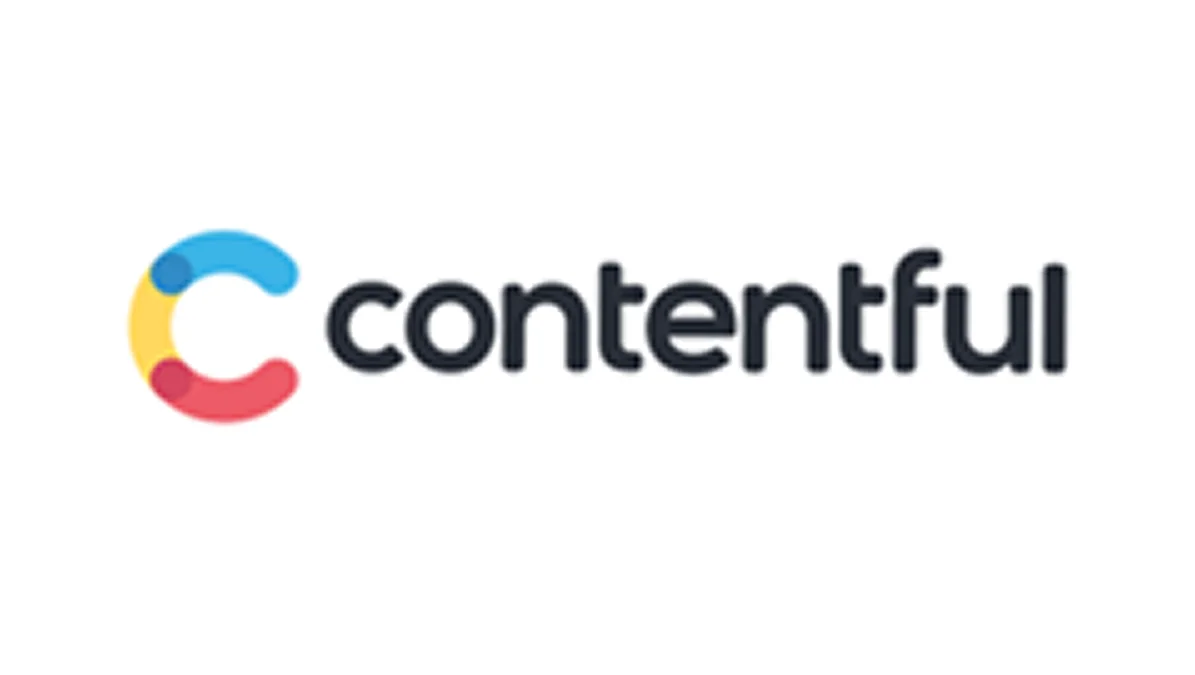
Contentful stands out for its API-first architecture and flexibility. Its advanced content modeling capabilities enable businesses to structure and deliver content efficiently across web, mobile, and e-commerce platforms. With support for multi-language content and seamless integration with frameworks like Gatsby and React, Contentful is an ideal choice for organizations to streamline their digital operations.
5. Kentico Kontent
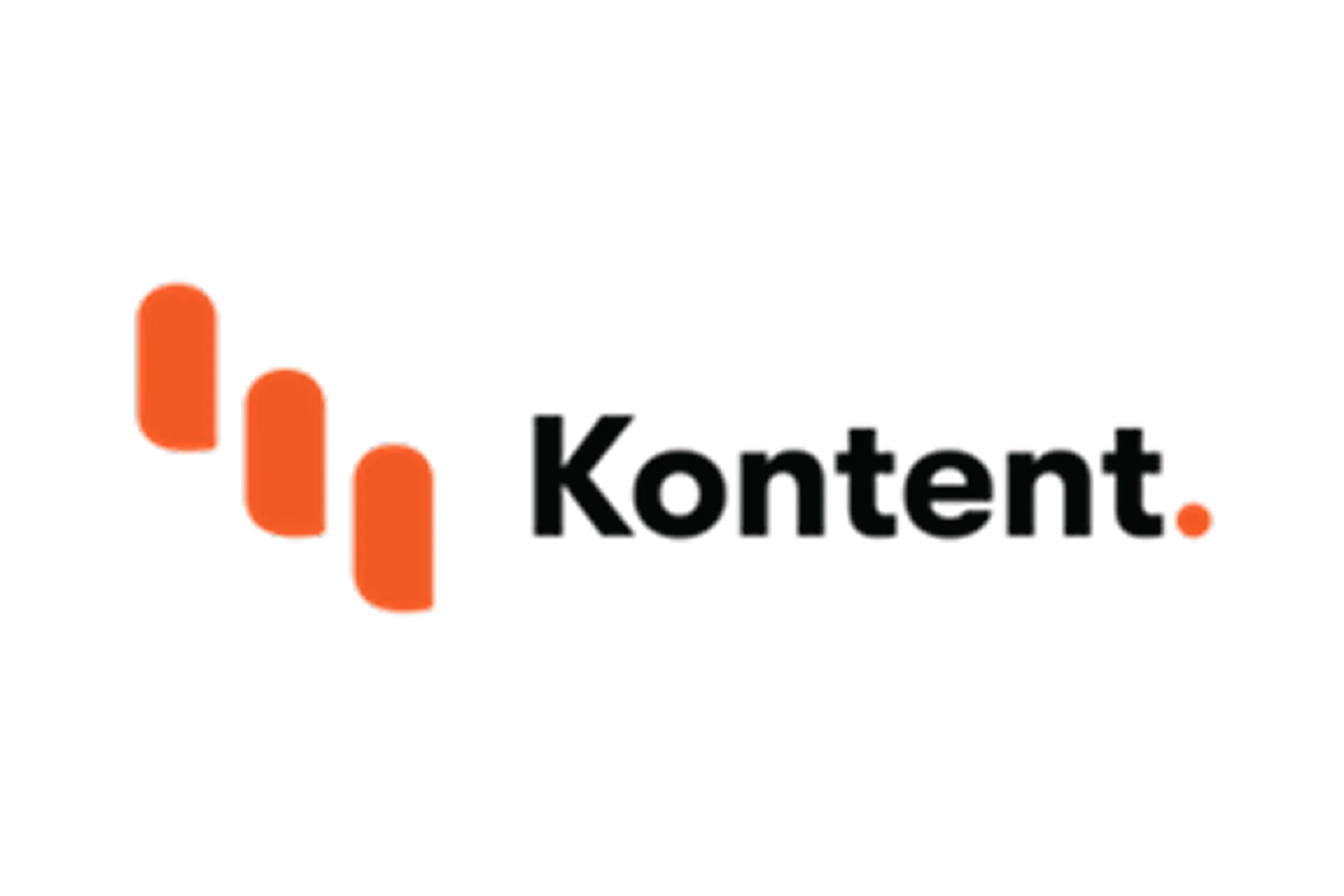
Tailored for enterprise-scale projects, Kentico Kontent delivers great value through its robust content-as-a-service (CaaS) platform. Its integrations with marketing automation and analytics solutions empower businesses to drive personalized, data-backed customer engagement across digital touchpoints.
FPT - Elevate digital experience with agility
Agility is crucial for e-commerce enterprises to thrive. Therefore, a headless CMS can be a powerful tool to help marketers accelerate content creation and streamline content management, regardless of the enterprise's size or scope.
Partnering with leading digital commerce platforms such as Adobe, Sitecore, Liferay, Contentful, Kentico, and more, FPT offers cutting-edge solutions to help businesses maintain their competitive edge in the dynamic e-commerce landscape.
Find out more about FPT’s Digital Commerce and Experience services here: Digital Commerce & Experience | FPT Software




